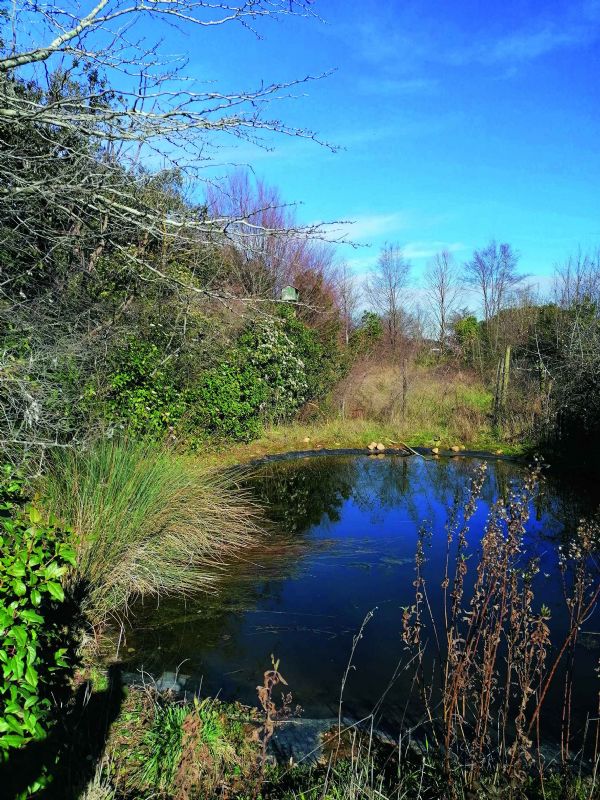The damselflies family tree
Dragonflies (order Odonata) include Zygoptera commonly called damselflies (whose wings are folded at rest) and Anisoptera (true dragonflies). In France, out of the 102 species present, 12 benefit from a protection status (Directive 92/43/CEE, Decree 07/07/199). The National Red List of odonates mentions 25 species considered of priority interest due to their unfavorable conservation status (IUCN France et al., 2016). In the Gard, there are 65 species, representing 66% of the insect assemblage in France (Hentz & D'Hondt, 2013). It should be noted that some Afrotropical thermophilic species were recently observed in the South of France and in Corsica, due to the heat waves of 2017 and 2018. They could end up reproducing and establishing themselves in the long term in our region. The cause is the increase in temperature and the modification of habitats by man. Odonates are among the most studied and well-known insect species. Environmental conditions and the state of the aquatic or semi-aquatic plants generally influence the species assemblage present. Habitat alteration or chemical pollution can influence the presence of certain species. Thus, their dependence on wetlands and their sensitivity to environmental conditions make them excellent bioindicators that can provide information on the quality of hydrosystems (Lebrasseur, 2013). In addition, dragonflies are an important part of the ecosystem of aquatic and terrestrial environments. As predators, they play a significant role in the regulation of certain species; as prey, they contribute to the maintenance and development of other animal species such as birds.


